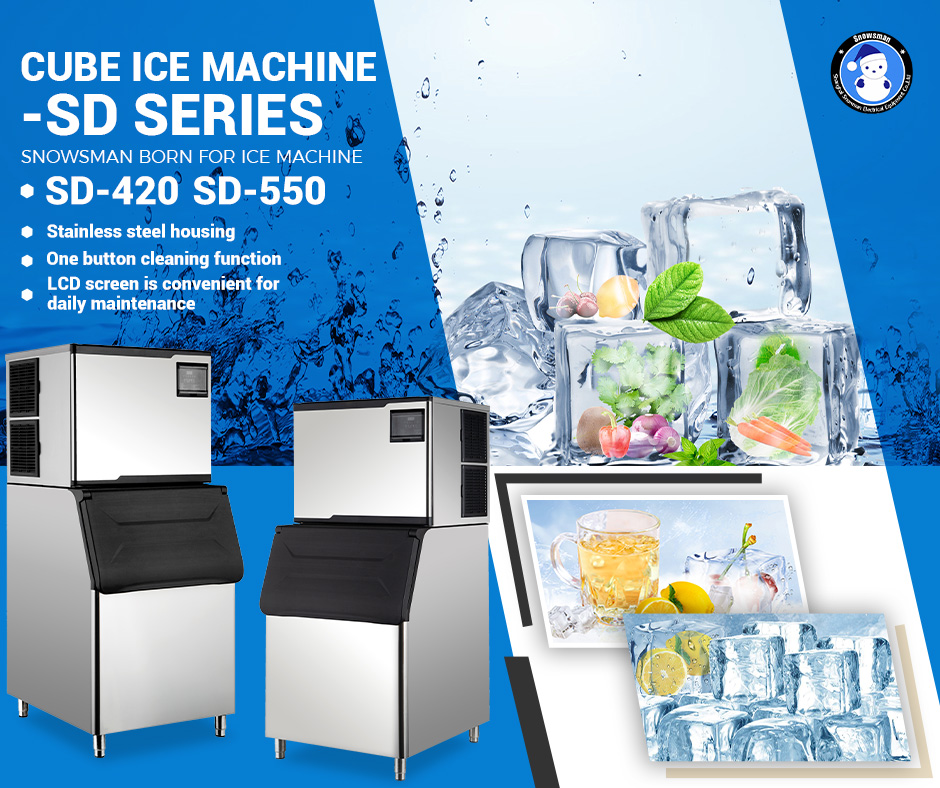
How to Clean a Commercial Ice Maker with One-Touch Cleaning Function
In any restaurant, hotel, or medical establishment, a commercial ice machine is a valuable resource. Regular upkeep is absolutely necessary to guarantee the ongoing creation of clean, high-quality ice. Many contemporary commercial ice makers, happily, have one-touch cleaning capabilities that make regular maintenance easier and more user-friendly.This article will cover the whole cleaning procedure, outline essential safety measures, go through how frequently you should clean your machine, and provide step-by-step directions for replacing the filter screen.
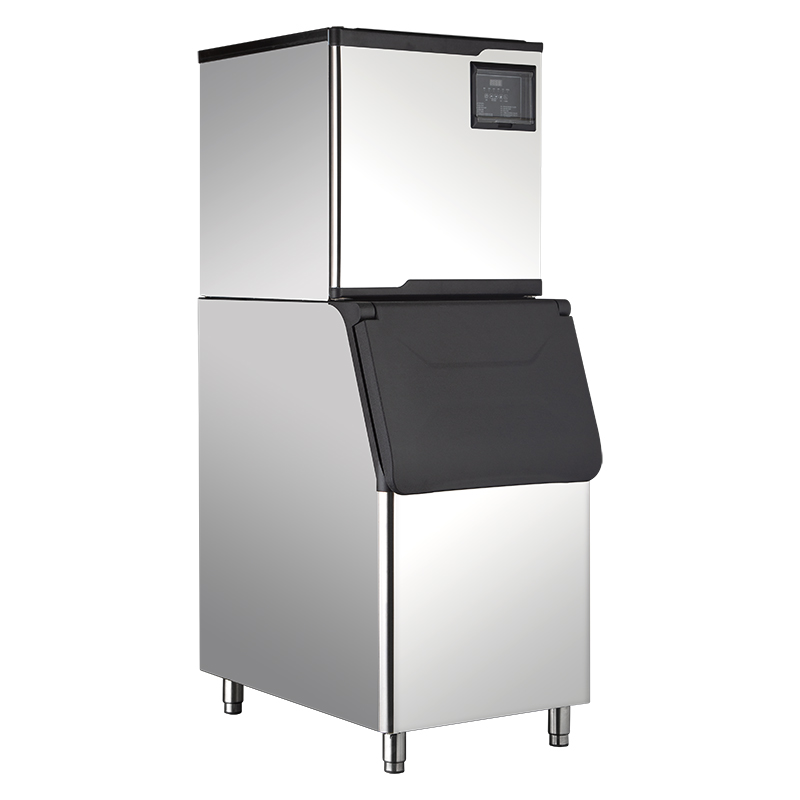
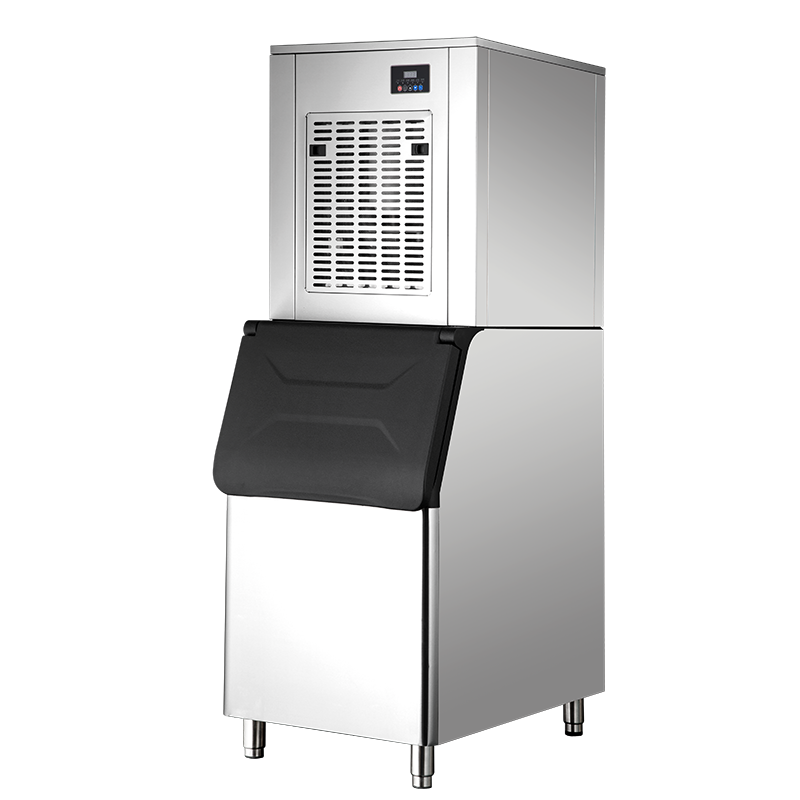
Reasons to Regularly Clean Your Ice Maker
Though seemingly innocuous, ice may contain minerals, bacteria, and fungus if not created in a sterile setting. Aside from flavor, dirty ice offers health hazards. A filthy ice machine also runs performance problems, higher power use, and a shorter lifespan.
A spotless device:
- Creates safer ice with a better flavor.
- Runs more effectively.
- Lasts longer with less work.
- Meets health and safety standards.
Finding the One-Touch Cleaning Mechanism
One-touch cleaning buttons are now included on most top-of-the-line commercial ice machines, including those from Snowsman. Utilizing a cleaning or sanitizing solution, this function starts a complete internal cleaning cycle. The system removes inside scale, mold, and slime by circulating the solution across the whole machine.
Although this function automates internal cleaning, you have to keep up with external elements and undertake frequent filter servicing.
How Frequently Should You Clean Your Ice Maker?
The surroundings, water quality, and usage will determine the cleaning frequency:
- Usual use: Clean every three to six months.
- Large-volume environments: Clean every 1 to 3 months.
- Hard water or humid environments: Monthly cleaning stops microbial development and scaling.
- Health inspections: Some local rules may need quarterly or monthly cleaning.
You should also clean the machine right if:
- The ice has a peculiar fragrance or taste.
- Ice looks hazy or too rapidly dissolves.
- The equipment is creating less ice than usual.
- Visible slime or mold greets you inside.
Fundamental Steps for Cleaning Safety
Follow these safety measures to avoid harm or incidents:
- Turn off the circuit breaker before cleaning or always unplug the machine.
- Use approved solutions: Only use cleaning chemicals advised by the manufacturer; never use bleach unless it is specified.
- Handle chemicals using gloves and eye protection.
- Work in a room with good ventilation to prevent fume inhalation.
- Always discard any ice created before and during the cleaning process to prevent contamination.
- Avoid scarring inner surfaces by means of nonabrasive brushes and cloths; steer clear of harsh instruments.
Step-by-Step Cleaning Using One-Touch Function
A simple approach for cleaning a commercial ice machine with a one-touch cleaning system follows:
Step 1: Shut Off and Empty the Device
- Turn off power at the breaker or unplug the machine.
- Eliminate all ice from the bin and dispose of it.
Step 2: Remove Key Parts (Optional)
- You might need to remove the bin cover, scoop holder, or water trough depending on your machine.
- Use mild soap and warm water to clean these components separately.
Step 3: Include Cleaning Solution
- Adding a suggested descaler or sanitizer calls for following the directions of your maker.
- Normally, this goes into a specified compartment inside the unit.
Step 4: Turn on One-Touch Cleaning
- Push the “Clean” or “Sanitize” button.
- The equipment will start moving the solution over the evaporator plate, internal parts, and waterlines.
- The cycle may last twenty to forty-five minutes.
Step 5: Wash Cycle
- Most machines rinse themselves after cleaning.
- If not, push the rinse/start button or manually flush the system with fresh water to execute a distinct rinse cycle.
Step 6: If Necessary, Sterilize
- Follow up with a sanitizing cycle with an approved food-safe disinfectant if all you have done is descaled.
- Rinse thoroughly after each usage.
Step 7: Rebuild and Reboot
- Reconnect all components.
- Restore electricity and let the equipment go back to regular functioning.
- First batch of ice made after cleaning should be discarded.
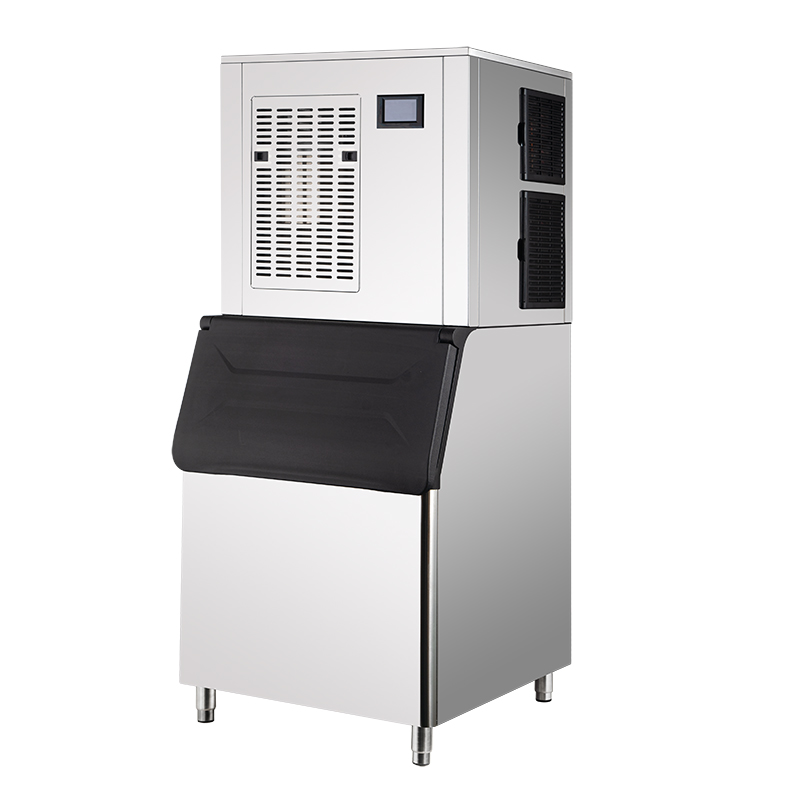
Changing and Cleaning the Filter Screen
By catching silt, scale, and other trash from entering the device, the filter screen guards the ice maker. Over time, it may become clogged and impair performance. Consistent water flow and ice quality are guaranteed by regular filter maintenance.
How to Clean the Filter Screen
Find the Filter
Usually found close to the water intake or inside the machine near the pump is the filter.
Close the Water Supply
Turn off the water supply to avoid spills or leakage.
Delete the Filter
Unclip or unscrew the filter screen housing.
Remove the mesh screen with caution.
Clean the Screen
Under warm water, rinse to get rid of buildup and sediment.
If mineral buildup is strong, soak in a gentle descaling agent.
For light brushing, use a soft toothbrush.
Dry and Reinstall
Dry carefully, then return the screen into its case.
Make sure to seal it well to avoid spills.
Replacement Time for the Filter Screen
- Every 6 to 12 months depending on water quality and usage.
- Replace right away if the screen won’t be completely cleaned, has damage or discoloration.
Additional Tips for Long-Term Care
- Once weekly, clean outdoor surfaces to stop bacterial development and dust accumulation.
- Use a Water Softener: In areas with hard water, this lowers scale and extends cleaning intervals.
- Make sure vents and air filters are clear and free; keep the machine ventilated.
- Review the User Manual; various brands and models could have unique needs or error codes.

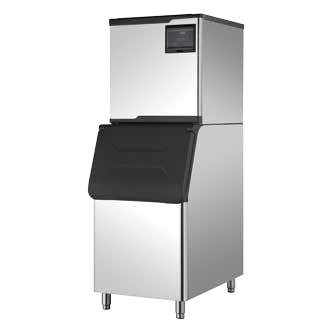
Final Thoughts
Keeping your commercial ice maker clean is about safety, performance, and investment protection in addition to aesthetics. Though the one-touch cleaning capability makes the procedure simpler, it does not eliminate the need for routine manual maintenance—including sanitization of detachable components and filter cleaning.
Following the warnings and instructions in this handbook will give you cleaner ice, improved performance, and a longer machine lifetime. Frequent upkeep also guarantees compliance with health codes and helps you to avoid unexpected downtime or repairs.
Always check the user manual of your machine or visit the manufacturer’s website for model-specific help if you need more precise actions.

